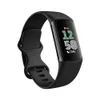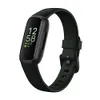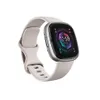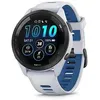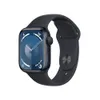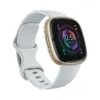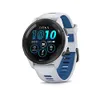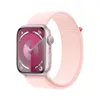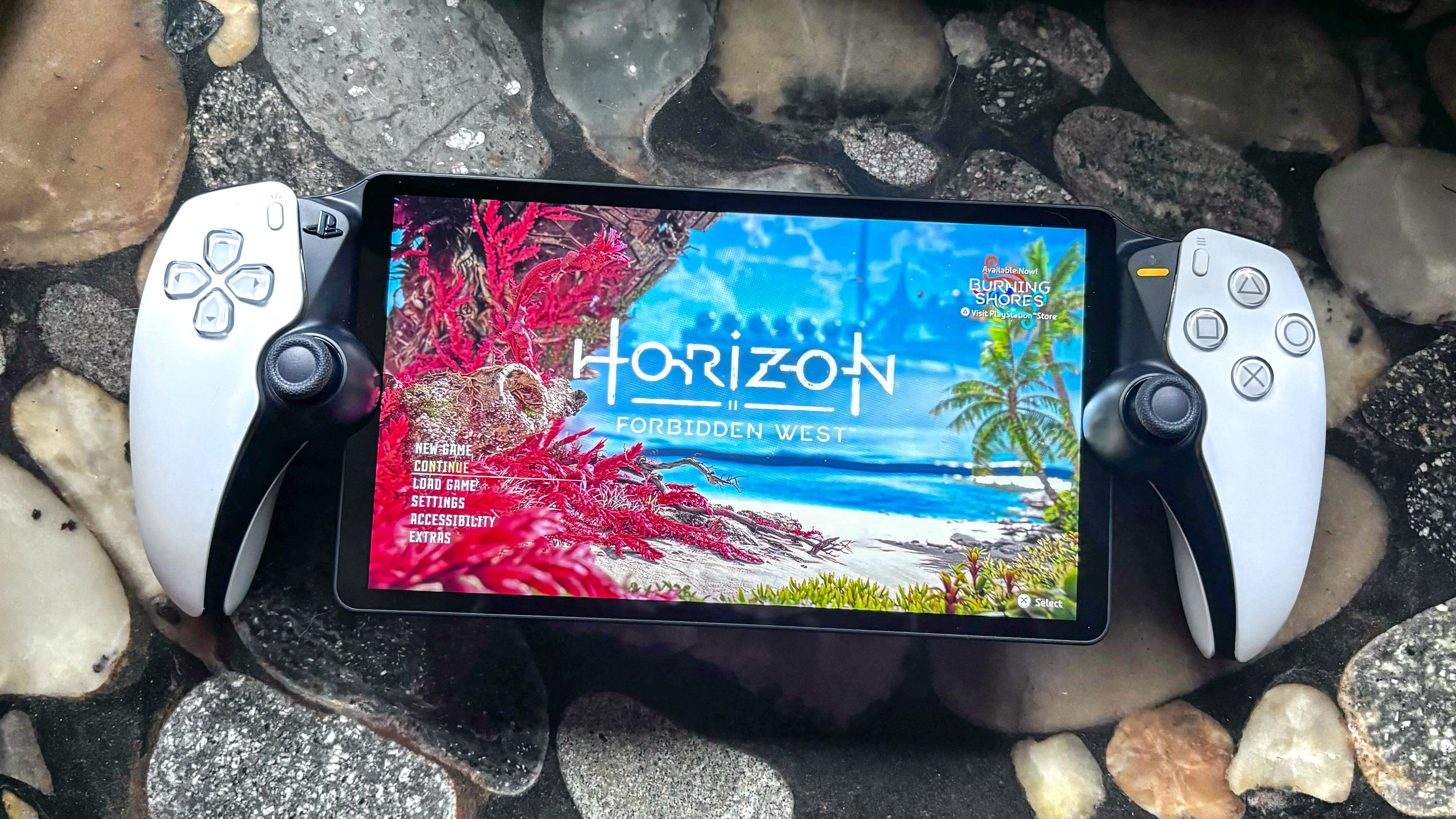I biked 9 miles with the new Garmin Forerunner 165 to test GPS accuracy — and I’m impressed
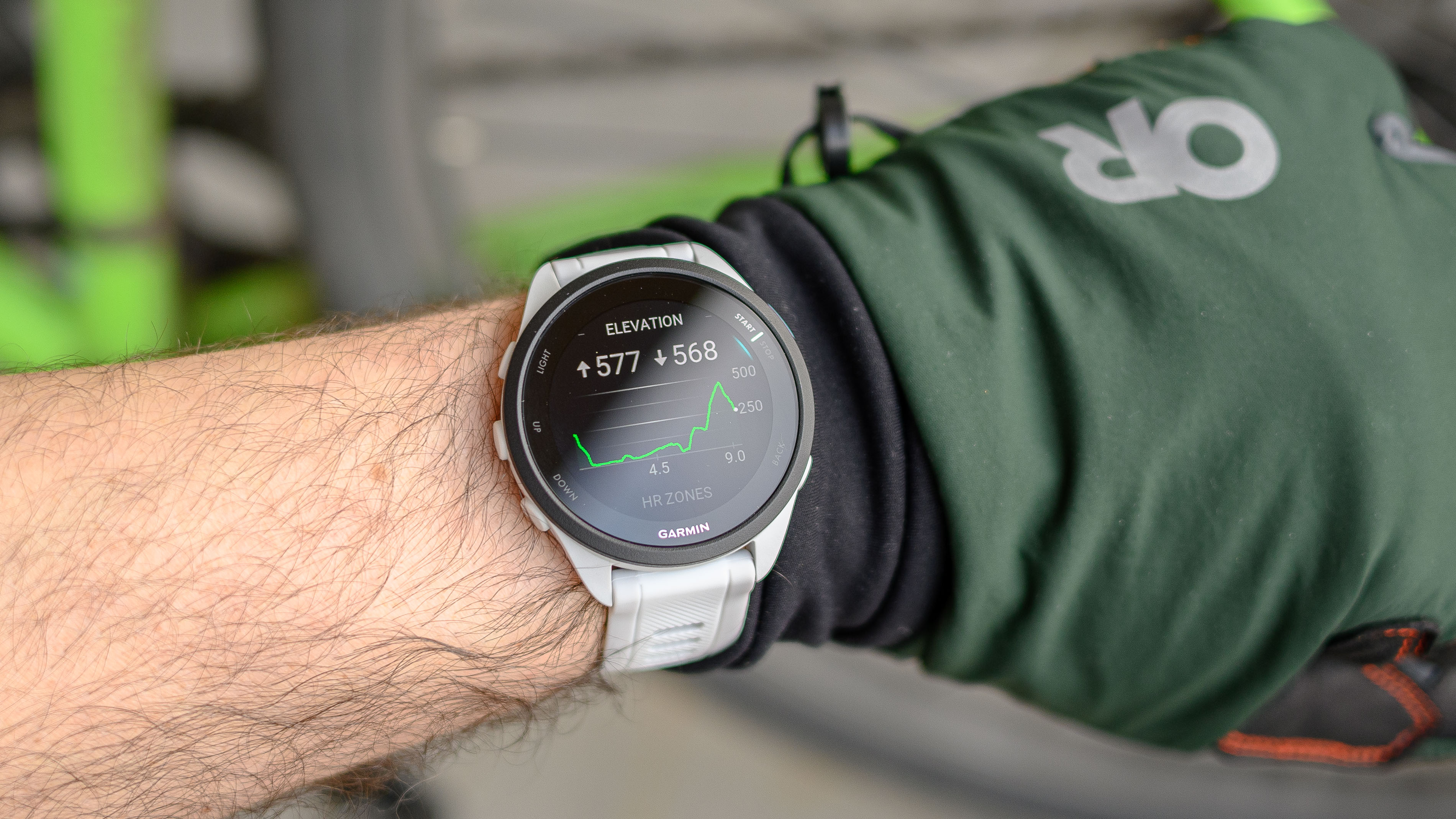
There's a fresh fitness tracker in town: the Garmin Forerunner 165. In addition to hands-on time with this sporty, new wearable, I had the chance to put it through its paces on a slightly soggy bike ride. My mission? To find out how accurate the still-wet behind the ears, sub-$300 wearable is.
However, before hitting the test, here's what you need to know about the new Garmin Forerunner 165 — those of you who read my initial impressions can probably skip this section and move on to the next.
Garmin Forerunner 165 – what you need to know
The Forerunner 165 comes in two models: one with onboard storage for music for $299.99 and the other without for $249.99.
Both options feature an easy-to-view 1.2-inch AMOLED screen, 11 days of battery life, heart rate and SpO2 tracking, a plethora of physical buttons and GPS. This all comes packed neatly inside an attractive and lightweight package with four snazzy styles to choose from.
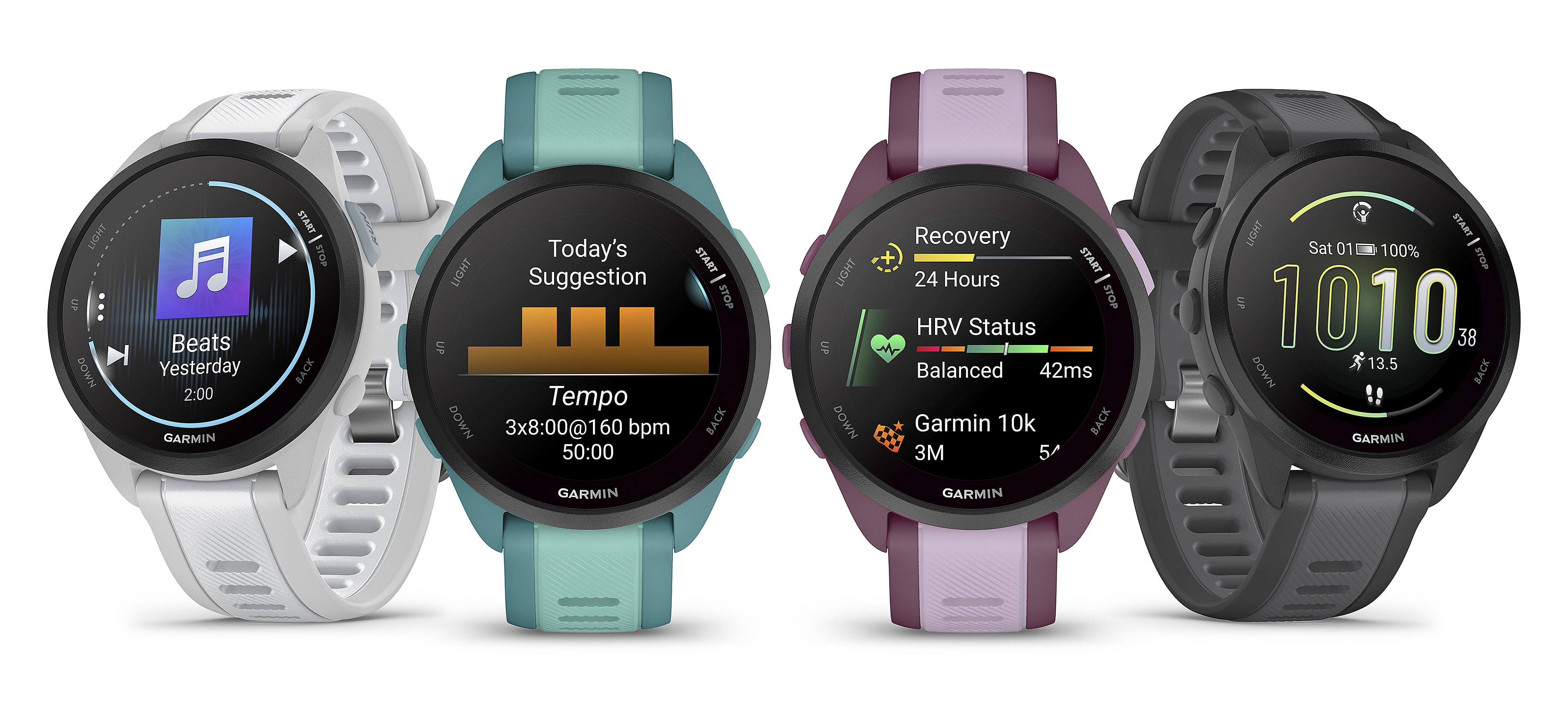
The Forerunner 165 sits above the entry-level Forerunner 55 and mid-tier Forerunner 265 — two of the best running watches on the market today. It also slides in adjacent to the Vivoactive 5, a similar-looking device built for more casual users.
And with that, we're off to the test!
Garmin Forerunner 165 vs. Strava – GPS test
For a lot of runners, onboard GPS is a must-have feature for any wearable under consideration. Why? It frees you up from carrying a bulky smartphone without sacrificing location and distance data.
Get instant access to breaking news, the hottest reviews, great deals and helpful tips.
I'm more of a peddler than a pavement pounder, but I still appreciate the above line of thinking, even if I have a nifty Peak Design phone mount for my bike. So, when the sky cleared briefly this past weekend, I put on my finest bike helmet, strapped the Forerunner to my wrist and hit the mean streets of Seattle.
To test the accuracy of the onboard GPS, I also ran ol' reliable Strava on my iPhone (12 Mini) for the duration of my ride. A couple of notes about the ride before we jump into the results.
I started off the journey in a parking lot with a clear view of the sky. With the GPS on the Garmin fired up, it took about 45 seconds to find a satellite and establish a healthy connection — that connection remained solid throughout the rest of the excursion.

My passage around Seattle's Lake Union and then into Interlaken Park took me through areas with skyscrapers, towering construction cranes, dense aerial electric wires, old-growth tree cover and other obstructions of the heavens. Speaking of which, the sky remained cloudy for the duration, and it rained on and off — that's Seattle in winter, for you.
Because this is a bike ride I've completed numerous times (well over 100), often while testing other fitness trackers, I have a lot of useful data points to compare the Forerunner's metrics to, including average and maximum heart rate, pace and elevation gain.
Of course, these data points don't offer a tit-for-tat comparison, as the rides inevitably vary. But they do show roughly how the Forerunner 165 stacks up against other trackers, like two top-performing models.
Garmin Forerunner 165 vs. Strava – GPS test results
| Header Cell - Column 0 | Garmin Forerunner 165 | Strava & iPhone |
|---|---|---|
| Distance | 9.52 miles | 9.48 miles |
| Elevation gain | 577 feet | 534 feet |
| Average speed | 7.9 mph | 11 mph |
| Max speed | 28.7 mph | 44.1 mph |
Right off the bat, I'm impressed with the Forerunner 165 and its accuracy in the distance department. The 0.04-mile discrepancy between the two devices translates to a measly 211 feet, or three-quarters the length of an American football field (for my UK readers, that's roughly the width of 17 cricket pitches).
Elevation gain is easy to overlook if you live somewhere relatively flat. But in Seattle, hills are a part of life and also a major part of my workout routine. So, accurate post-ride elevation data is a must.
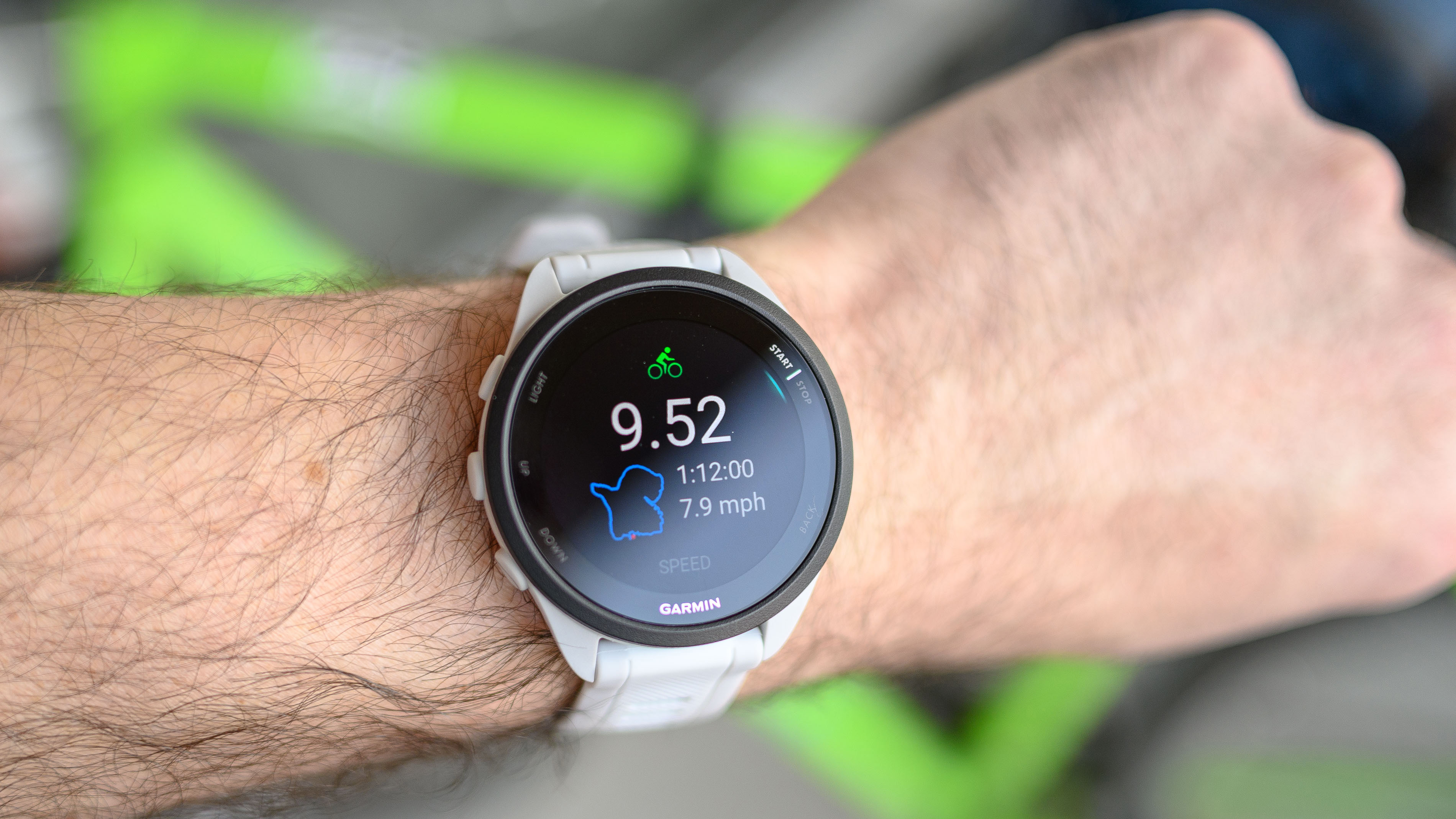
There's an onboard altimeter in the Forerunner 165, and it clocked my altitude gain as 43 feet higher than Strava. Without a third GPS-equipped device, it's difficult to know which is more accurate. However, my gut says the Garmin number may be a tad inflated. Still, this discrepancy isn't enormous.
On the flip side, Garmin clocked a much slower overall pace for my ride than Strava at 7.9 mph. Given my past several rides have been in 10 and 11-mph neighborhoods, Garmin's speed struck me as slow.
One possible reason is I stopped numerous times during the ride to snap photos of the watch. Strava automatically pauses tracking during these moments. Garmin does not, or at least not by default. But further investigation is needed.
Garmin Forerunner 165 – heart rate accuracy
| Header Cell - Column 0 | Garmin Forerunner 165 | Fitbit Inspire 3 | Polar Vantage V3 |
|---|---|---|---|
| Average heart rate | 148 bpm | 159 bpm | 160 bpm |
| Max heart rate | 181 bpm | 181 bpm | 179 bpm |
To get a sense of heart rate accuracy, I looked back at a recent bike test between the Fitbit Inspire 3 and Polar Vantage V3 along the same bike route (and under similar weather).
While we mustn't read too deeply into these numbers — some days I feel like Beryl Burton and others like Dan Bracaglia — the fact that all three devices recorded nearly identical maximum heart rates for the ride is encouraging.
The lower average heart rate can again likely be chalked up to my numerous stops and starts, which dragged things down.
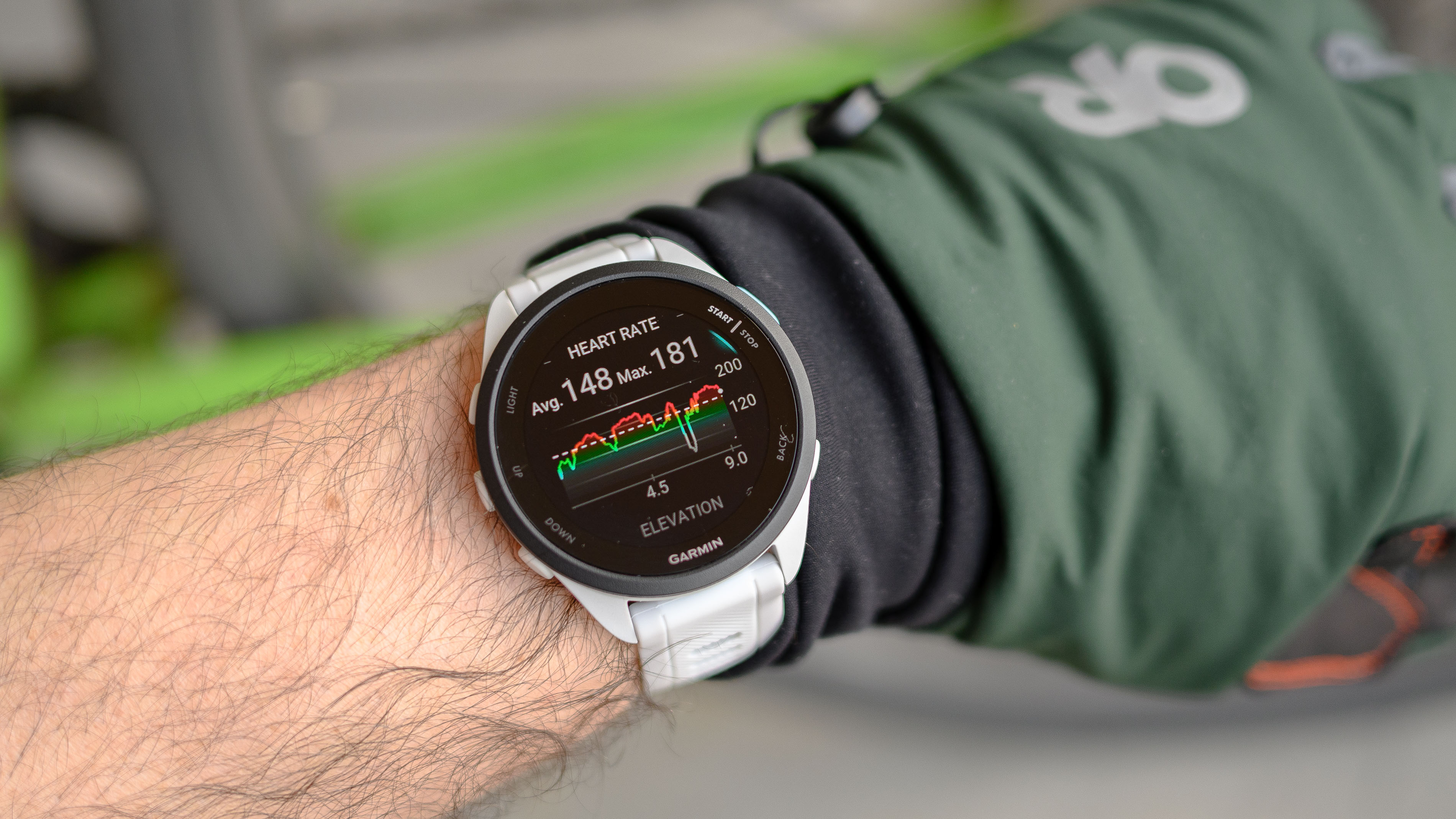
Garmin Forerunner 165: So far, so good
Of course, this is just one quick assessment of the Garmin Forerunner 165 and its tracking prowess. In the coming weeks, the TG fitness team will be putting it to the test in a variety of other scenarios, from rainy runs to mountain hikes to midafternoon naps.
For now, I'm feeling pretty good about the Forerunner 165 and its ability to accurately and reliably track workouts. Then again, given its pedigree, accuracy should perhaps come as no surprise.

Dan Bracaglia is the Tom’s Guide editorial lead for all things smartwatches, fitness trackers and outdoor gear. With 15 years of experience as a consumer technology journalist testing everything from Oura Rings to instant cameras, Dan is deeply passionate about helping readers save money and make informed purchasing decisions. In the past year alone, Dan has assessed major product releases from the likes of Apple, Garmin, Google, Samsung, Polar and many others.
An avid outdoor adventurer, Dan is based in the U.S. Pacific Northwest where he takes advantage of the beautiful surroundings every chance he gets. A lover of kayaking, hiking, swimming, biking, snowboarding and exploring, he also makes every effort to combine his day job with his passions. When not assessing the sleep tracking and heart rate accuracy of the latest tach gadgets, you can find him photographing Seattle’s vibrant underground music community.
